The Crucial Role of Habitat Restoration: Why It Matters
- September 9, 2024
- 1 comment
Habitat restoration plays a pivotal role in conserving biodiversity and maintaining ecosystem balance. By rehabilitating degraded environments, we can reverse the damage caused by human activity, support wildlife populations, and ensure the resilience of natural systems. This process not only helps recover lost species and habitats but also fosters a healthier planet for future generations. Understanding the importance of habitat restoration is essential for anyone committed to environmental stewardship and sustainability.
What is Habitat Restoration?
Habitat restoration is the process of reviving and rehabilitating ecosystems that have been degraded, damaged, or destroyed. It involves a range of activities aimed at returning a habitat to its original state or improving its functionality to support diverse plant and animal species. This can include replanting native vegetation, removing invasive species, restoring natural water flows, and repairing soil health. By focusing on these aspects, habitat restoration seeks to recreate the conditions necessary for ecosystems to thrive and function as they once did.
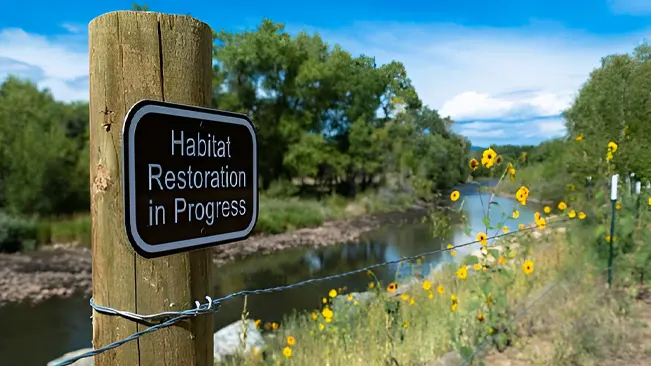
The benefits of habitat restoration extend beyond just the recovery of wildlife habitats. Restored ecosystems can improve water quality, enhance soil fertility, and mitigate the impacts of climate change by sequestering carbon. Additionally, these efforts can foster community engagement and provide opportunities for education and recreation. Overall, habitat restoration is a vital strategy for conserving biodiversity and promoting environmental resilience in the face of ongoing ecological challenges.
What is Habitat Loss?
Habitat loss refers to the process by which natural environments are altered or destroyed, leading to the reduction or elimination of the habitats available for wildlife and plant species. This phenomenon is often driven by human activities such as deforestation, urban development, agriculture, and mining. When habitats are lost, the species that rely on these environments for food, shelter, and breeding grounds are often forced to migrate, adapt, or face extinction.
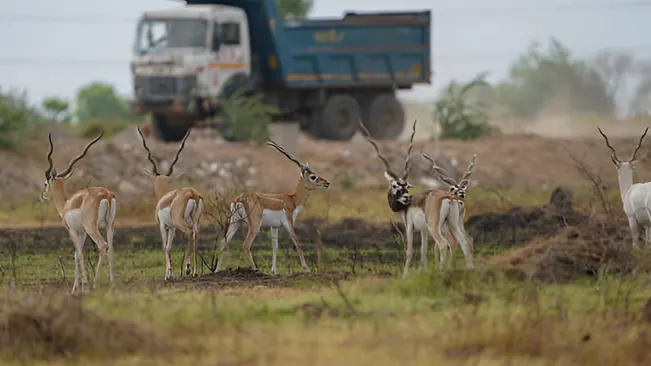
The consequences of habitat loss are profound and wide-ranging. It can lead to a decline in biodiversity, disrupt ecosystem services such as water filtration and pollination, and contribute to the fragmentation of landscapes, which further isolates species populations. Addressing habitat loss is crucial for preserving ecological balance and ensuring the survival of many species, including those that are endangered or vulnerable. Conservation efforts often focus on protecting existing habitats, restoring degraded areas, and implementing sustainable practices to mitigate further loss.
Three Main Causes of Habitat Loss
1. Destruction
Involves the complete removal or conversion of a habitat into another land use, such as transforming forests into agricultural fields, industrial zones, or urban areas. This type of habitat loss results in the total elimination of the natural environment, leaving little to no space for wildlife to thrive. The immediate and most noticeable impact is the outright removal of essential resources like food, water, and shelter, which are crucial for the survival of numerous species.
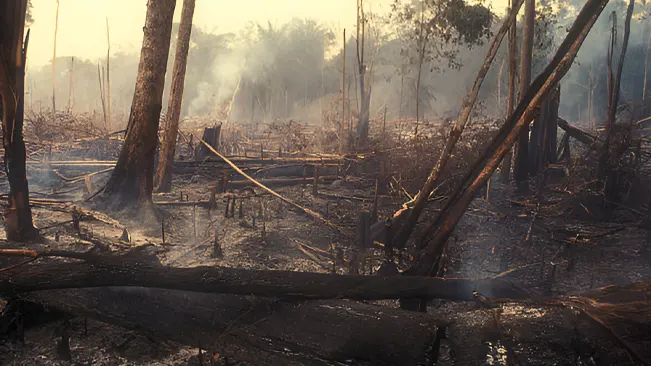
For example, clearing a forest for logging or agriculture not only eradicates the trees but also disrupts the intricate web of life that depends on them, including insects, birds, and mammals. The consequences are severe and often irreversible, leading to the loss of biodiversity and the collapse of ecosystems that were once rich and vibrant.
2. Fragmentation
Refers to the breaking up of a once-continuous habitat into smaller, isolated patches, often as a result of human activities such as road construction, urban sprawl, or agricultural expansion. Although some portions of the habitat may remain, the fragmentation creates physical barriers that impede wildlife movement and migration.
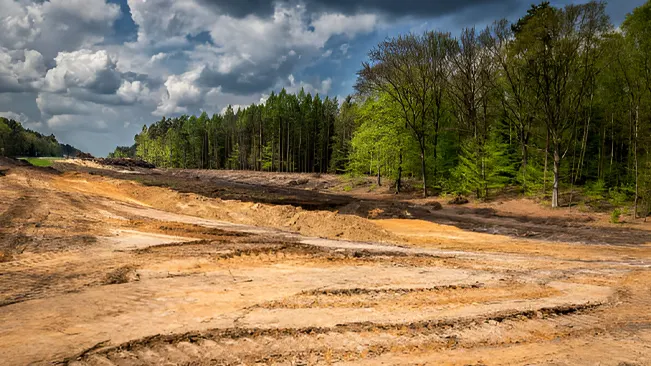
This separation can limit animals’ access to resources such as food, water, and breeding sites, leading to a decline in their population sizes and genetic diversity. Additionally, the edges of these fragmented patches, known as “edge effects,” often present harsher conditions that are less hospitable to many species. As a result, fragmentation can lead to smaller, more vulnerable populations that struggle to adapt to environmental changes and are more susceptible to extinction.
3. Degradation
Occurs when the quality of a habitat is compromised, even if the overall area remains intact. This can be caused by factors such as pollution, invasive species, or unsustainable land use practices, which alter the habitat’s structure and ecological functions. For example, the introduction of invasive plant species can outcompete native vegetation, disrupting food sources and habitats for local wildlife. Pollution, whether from chemicals, waste, or runoff, can degrade soil and water quality, making the environment less suitable for many species.
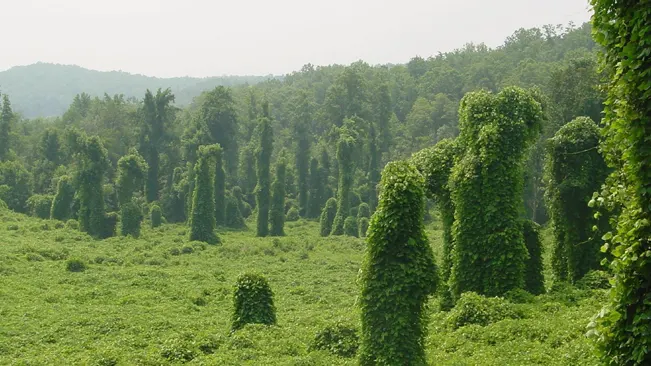
Degraded habitats may support fewer species, have diminished ecological functions like water filtration or soil fertility, and be less resilient to environmental stresses. Addressing habitat degradation often involves a combination of restoring ecological functions, such as replanting native vegetation and cleaning up pollutants, to improve the conditions and support the recovery of wildlife populations.
Why is Habitat Restoration Important?
Habitat restoration is crucial for maintaining and enhancing biodiversity, as it helps to reverse the adverse effects of habitat loss and degradation. By restoring natural environments, we can reestablish the conditions necessary for wildlife to thrive, including adequate food sources, shelter, and breeding grounds. This process not only aids in the recovery of endangered and threatened species but also supports the overall health of ecosystems. Restored habitats can once again provide essential ecosystem services such as water filtration, soil stabilization, and carbon sequestration, which are vital for both environmental sustainability and human well-being.
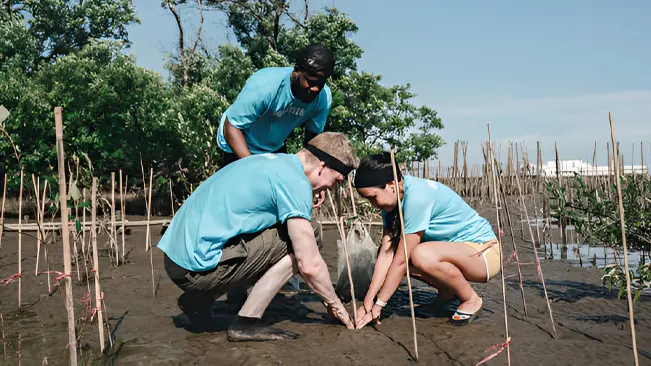
Furthermore, habitat restoration plays a significant role in mitigating the impacts of climate change and promoting ecological resilience. By rehabilitating degraded landscapes, we can enhance their ability to absorb and store carbon, thereby reducing greenhouse gas concentrations in the atmosphere. Additionally, healthy, restored habitats are better equipped to withstand environmental stresses and adapt to changing conditions, making them more resilient to future challenges. This proactive approach not only contributes to conservation efforts but also supports sustainable development and fosters a harmonious relationship between humans and the natural world.
Habitat Restoration Methods
Reforestation and Afforestation
Reforestation involves planting trees in areas where forests have been previously cut down or destroyed, with the goal of restoring the original forest ecosystem. This process can help to rebuild habitats for wildlife, stabilize soils, and enhance biodiversity. Reforestation typically focuses on reintroducing native tree species that are adapted to the local climate and soil conditions.
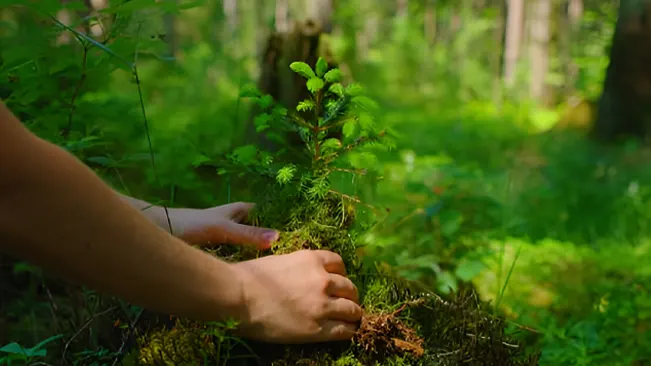
In contrast, afforestation refers to planting trees in areas that were not previously forested, such as barren lands or degraded pastures. This method can transform previously unproductive areas into new forests, providing benefits such as carbon sequestration, improved soil health, and new wildlife habitats. Both practices are essential for combating climate change, reducing erosion, and promoting ecological balance.
Invasive Species Management
Invasive species, which are non-native plants or animals that spread rapidly and outcompete native species, can severely disrupt ecosystems. Management strategies to address these invasions may involve several approaches. Physical removal includes manually or mechanically extracting invasive species from an area. Chemical treatments use herbicides or pesticides to target and control these species, though they must be carefully managed to avoid harming native flora and fauna.
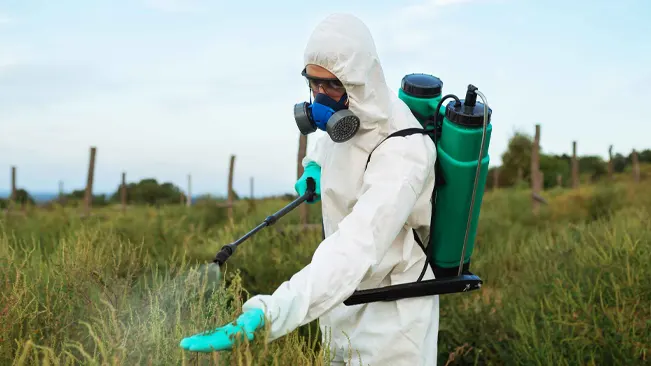
Biological control involves introducing natural predators or diseases specific to the invasive species, which can help regulate their populations. Effective management aims to restore native biodiversity and ecosystem functionality by reducing the impact of invasive species and allowing native species to recover.
Wetland Restoration
Wetland restoration focuses on rehabilitating or recreating wetlands that have been degraded or drained due to human activities such as land development or agriculture. Key techniques include re-establishing natural hydrological processes by restoring water flow patterns, which might involve removing drainage infrastructure or reintroducing natural flood regimes.
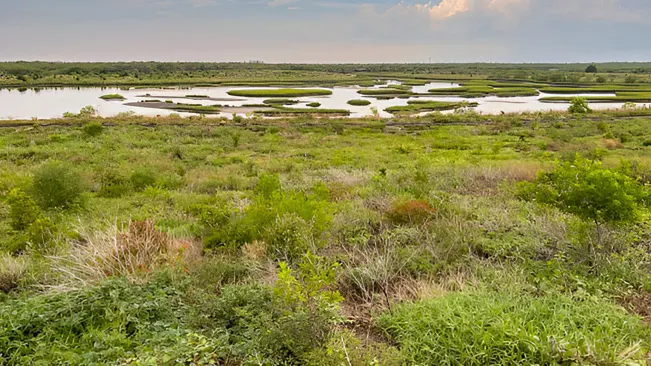
Planting native aquatic and riparian vegetation helps to stabilize soil, filter pollutants, and provide habitat for a wide range of aquatic and terrestrial species. Removing contaminants, such as excess nutrients or pollutants from agricultural runoff, is also crucial for improving water quality. Restored wetlands offer numerous benefits, including enhanced biodiversity, flood control, and improved water filtration.
Stream and River Restoration
Stream and river restoration involves rehabilitating aquatic systems to restore their natural functions and improve ecological health. Key activities include removing barriers such as dams or weirs that impede fish migration and alter natural flow regimes. Re-establishing natural water flow patterns helps to maintain the physical and chemical properties of the water, which are vital for aquatic life.
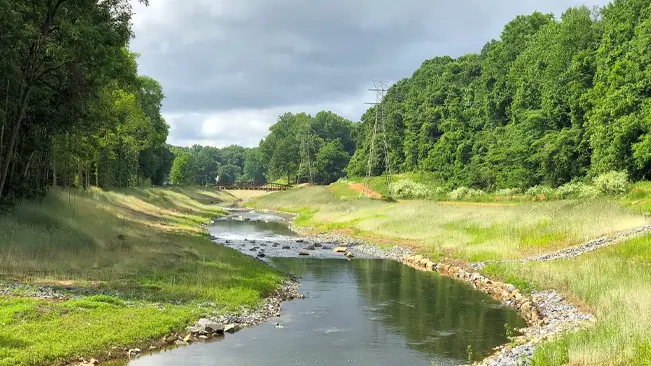
Planting riparian vegetation along the banks stabilizes soil, reduces erosion, and provides shade, which can lower water temperatures and benefit aquatic species. These restoration efforts aim to improve water quality, support diverse aquatic communities, and restore natural hydrological functions essential for a healthy river ecosystem.
Soil Rehabilitation
Soil rehabilitation addresses the decline in soil quality due to erosion, contamination, or nutrient depletion. Methods for improving soil health may include adding organic matter, such as compost or mulch, to enhance soil fertility and structure. Using cover crops, which are plants grown to cover the soil, helps to prevent erosion, improve soil organic content, and suppress weeds.
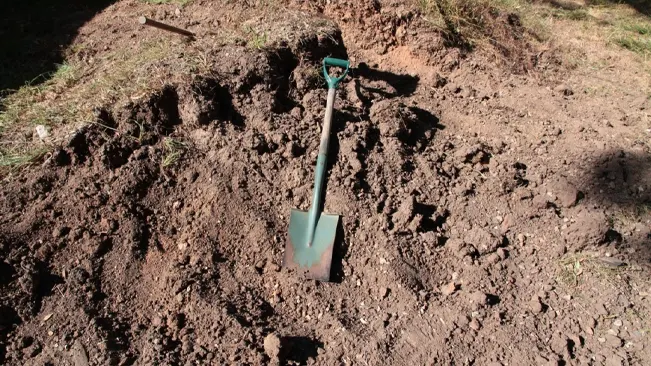
Implementing erosion control techniques, such as terracing or contour plowing, helps to stabilize soil and prevent further degradation. Healthy soils support robust plant growth, which in turn supports overall ecosystem health and productivity.
Habitat Corridor Creation
Habitat corridor creation involves establishing pathways that connect fragmented patches of habitat, allowing wildlife to move between them. These corridors are designed to facilitate gene flow between isolated populations, which can enhance genetic diversity and resilience.
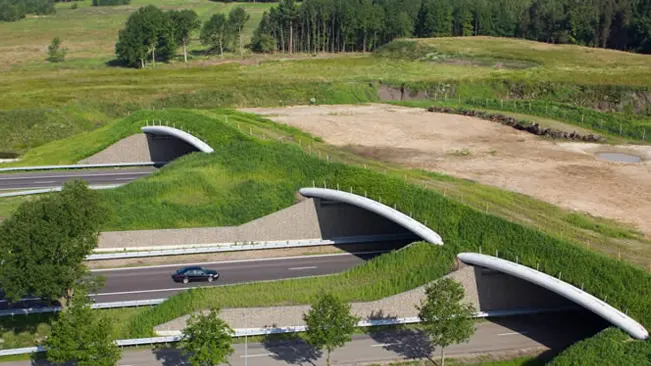
Corridors also enable species to access essential resources such as food, water, and breeding sites, which might be scattered across a fragmented landscape. Effective habitat corridors can help mitigate the effects of habitat fragmentation, reduce wildlife mortality from road collisions, and promote ecosystem connectivity.
Pollution Mitigation
Pollution mitigation focuses on reducing the impact of contaminants on natural habitats. Techniques include implementing best management practices in agriculture, such as reducing the use of chemical fertilizers and pesticides, to minimize runoff into nearby ecosystems. Restoring natural filtration systems, such as wetlands or riparian buffers, can help to absorb and filter pollutants before they enter waterways.
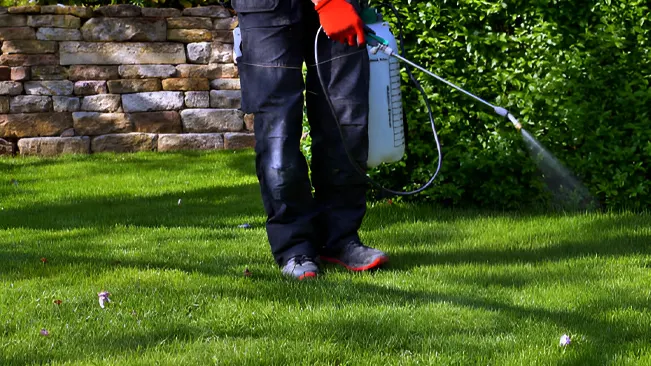
Reducing emissions from industrial sources and improving waste management practices are also crucial for preventing pollution. These efforts aim to improve habitat quality and ensure that ecosystems can function effectively and support diverse species.
Community Involvement
Engaging local communities in habitat restoration projects is vital for their success and sustainability. Community involvement can include educational programs that raise awareness about the importance of conservation and restoration efforts. Volunteer opportunities allow individuals to participate directly in restoration activities, such as planting trees or cleaning up polluted areas.

Partnerships with local organizations, schools, and businesses can provide additional resources and support. By involving the community, restoration projects benefit from local knowledge, foster a sense of stewardship, and ensure ongoing commitment to maintaining and improving restored habitats.
Conclusion
In conclusion, habitat restoration is a vital process for preserving biodiversity and ensuring the health of our planet’s ecosystems. By addressing the impacts of habitat destruction, fragmentation, and degradation, restoration efforts help to rebuild critical environments, enhance ecological functions, and support a diverse array of species. The benefits of these efforts extend beyond the immediate recovery of natural habitats; they also contribute to climate change mitigation, improved water quality, and the resilience of ecosystems against future challenges. Embracing and supporting habitat restoration initiatives is not only essential for protecting wildlife but also for securing a sustainable future for generations to come. The collective action and commitment to restoring our natural environments are key to fostering a balanced and thriving planet.
FAQs
- What is habitat restoration?
Habitat restoration is the process of rehabilitating and improving degraded or damaged natural environments to restore their ecological functions and support wildlife. This can involve activities such as replanting native vegetation, removing invasive species, and restoring natural water flows. - Why is habitat restoration important?
Habitat restoration is crucial for maintaining biodiversity, improving ecosystem health, and enhancing environmental resilience. It helps to reverse the negative effects of habitat loss and degradation, supports endangered species, and provides essential ecosystem services like water filtration and carbon sequestration. - What are some common methods used in habitat restoration?
Common methods include reforestation (planting trees in deforested areas), afforestation (planting trees in non-forested areas), invasive species management (controlling or removing non-native species), wetland restoration (rehabilitating degraded wetlands), stream and river restoration (restoring natural water flows), soil rehabilitation (improving soil quality), habitat corridor creation (connecting fragmented habitats), and pollution mitigation (reducing contaminants). - How does reforestation differ from afforestation?
Reforestation involves planting trees in areas where forests previously existed but were removed or degraded. Afforestation, on the other hand, refers to planting trees in areas that were not previously forested, such as barren lands or degraded pastures. - What challenges are associated with habitat restoration?
Challenges can include limited funding, inadequate knowledge about the best restoration practices, difficulty in removing invasive species, ongoing environmental threats, and the need for long-term maintenance and monitoring to ensure the success of restoration efforts. - How can communities get involved in habitat restoration?
Communities can participate by volunteering for local restoration projects, supporting conservation organizations, participating in educational programs, advocating for restoration policies, and helping with activities such as planting trees or cleaning up polluted areas. - What are habitat corridors, and why are they important?
Habitat corridors are pathways that connect fragmented patches of habitat, allowing wildlife to move between them. They are important for maintaining genetic diversity, facilitating access to resources, and mitigating the effects of habitat fragmentation. - How does habitat restoration contribute to climate change mitigation?
Habitat restoration contributes to climate change mitigation by enhancing carbon sequestration, which is the process of capturing and storing carbon dioxide from the atmosphere. Restored forests, wetlands, and other ecosystems can absorb more carbon and help reduce greenhouse gas concentrations. - Can habitat restoration efforts be successful?
Yes, habitat restoration efforts can be successful when they are well-planned and implemented with proper techniques and long-term management. Successful restoration projects often lead to the recovery of biodiversity, improved ecosystem services, and increased resilience to environmental changes. - How can I support habitat restoration initiatives?
You can support habitat restoration by donating to conservation organizations, participating in local restoration projects, spreading awareness about the importance of restoration, and advocating for policies that support environmental conservation and sustainable land use.

Joel Cunningham
Forestry AuthorI'm Joel Cunningham, an expert in pruning and weed management with over a decade of experience. My skills are rooted in formal training and extensive practice, focusing on advanced pruning techniques and efficient weed control. I'm known for my quality work, precision, and deep understanding of plant health and soil dynamics. My contributions extend to educational initiatives where I share sustainable practices and advice, establishing myself as a reliable and authoritative figure in the gardening community.


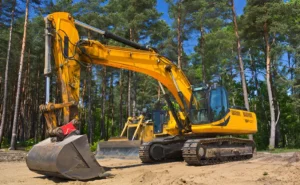


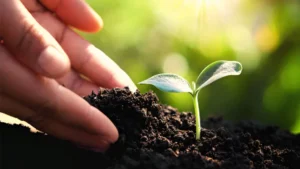
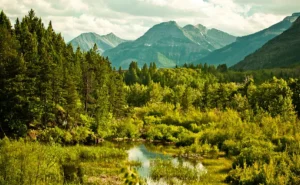
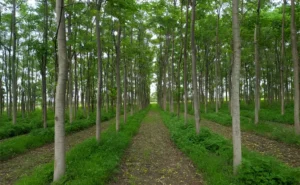
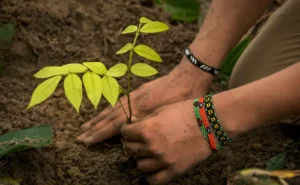
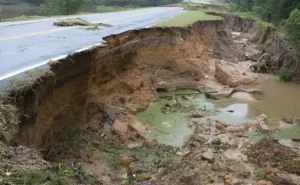
Hello Joel, thanks so much for your thorough and informative article about restoration work and its benefits. I work as a Wildlife biologist and Project Interpreter for the Mendocino County Resource Conservation District on the Willits Bypass Mitigation Project. It is about 2000 acres that includes wetland, oak woodlands, wet meadows, grasslands, and riparian corridors. Caltrans (and us) has planted over 3 million native plants and recreated wetlands, rehabilitated riparian corridors, and removed lots of invasive species. I do bird and mammal species, write a blog and do monthly public interpretive walks on the mitigation lands. I also run an interpretive center in our local county museum where I teach students who come through the museum and the public about our natural history and our restoration projects. Your article is the first one I have read that is comprehensive and clear. I would like to use it as a bases for a lesson plan and want to know if I need to get consent to use the information. I need to come up with a few activities students ages K through 8 can do that will teach them the concepts of restoration. Do you know any resources for activities for children that can be done in a classroom? Thanks again for this fantastic article. Are you located in northern California, because if you are I would love to take you out on the project! My work contact is marisela@mcrcd. org
Marisela De Santa Anna
January 20, 2025 8:26 pm